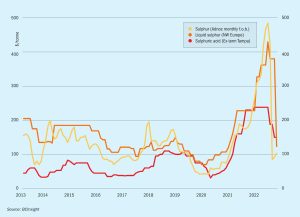
Market Outlook
New supply-side capacity additions in 2023 will increase export availability from the Middle East. Projects have already been ramping up in Qatar, Saudi Arabia and Kuwait.

New supply-side capacity additions in 2023 will increase export availability from the Middle East. Projects have already been ramping up in Qatar, Saudi Arabia and Kuwait.

Enhancing the reliability of sulphur plant starts in the thermal stage. Matt Coady and Martin McCallister of Delta Controls report on a recently developed and launched insertable process camera that monitors the vessel interior of online Claus thermal reactors, providing valuable process data which will allow plants to make better informed operation decisions.

Daniel R. Egger of Sulzer Chemtech Ltd discusses mist elimination challenges in strong sulphuric acid applications and presents the unique Sulzer KnitMesh XCOAT™ mist eliminator as an ideal solution for corrosive services such as in sulphuric acid drying towers.
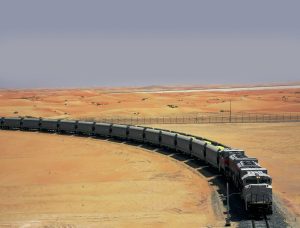
Sulphur is a relatively safe and inert solid. However, it has a number of unique physical and chemical properties which can give rise to hazards, particularly during transport and handling.
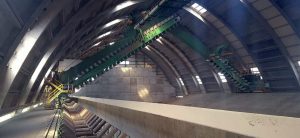
At the organisation’s first face to face meeting since covid, in Vienna in early October, OPEC+ ministers agreed to cut global oil supplies by 2 million bbl/d in November. OPEC+ is a group of 24 oil-producing nations, made up of the 14 members of the Organisation of Petroleum Exporting Countries (OPEC), and 10 other non-OPEC members, including Russia. In a statement, the group said the decision to cut production was made “in light of the uncertainty that surrounds the global economic and oil market outlooks.”

A move towards so-called ‘sustainable aviation fuels’ (SAF) could see refineries having to recast their operations. What might this mean for sulphur production?
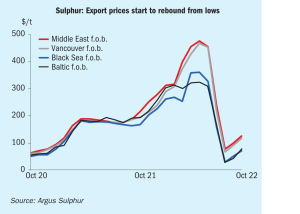
Meena Chauhan, Head of Sulphur and Sulphuric Acid Research, Argus Media, assesses price trends and the market outlook for sulphur.
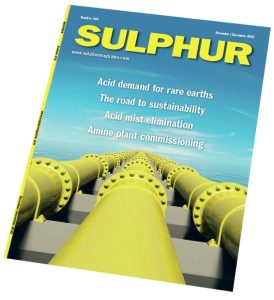
Sulphur markets suffered a correction in July-August that was more of a collapse; from $500/t to less than $100/t. Though it seems to have been something of an over-correction, and prices have moved back up since then, it is one of the most extreme price swings that sulphur has ever seen, comparable to the peak and precipitous fall in 2008. Indeed, at a time when commodity prices of all kinds have seen extremely high levels of volatility, sulphur has been more volatile still than just about all of them.
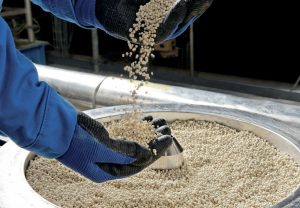
Producing efficient fertilizers that deliver nutrients directly to crops in exactly the right amounts has clear economic and environmental benefits. Recent advances in controlled-release and stabilised fertilizer technology are highlighted.
Nutrien appointed Ken Seitz as president and CEO on 8th August. He has been the company’s interim CEO since January. Mr Seitz also joined Nutrien’s board of directors from this date. His appointment as CEO followed an extensive seven-month global search for internal and external candidates led by the board and supported by a world-class executive recruitment firm.